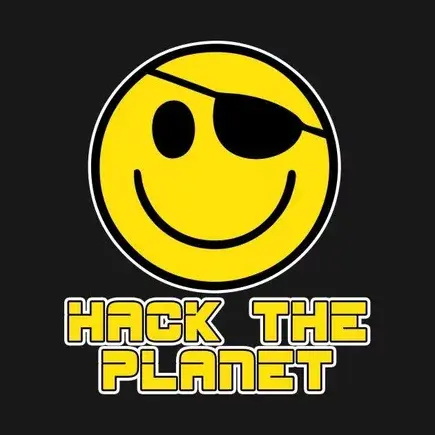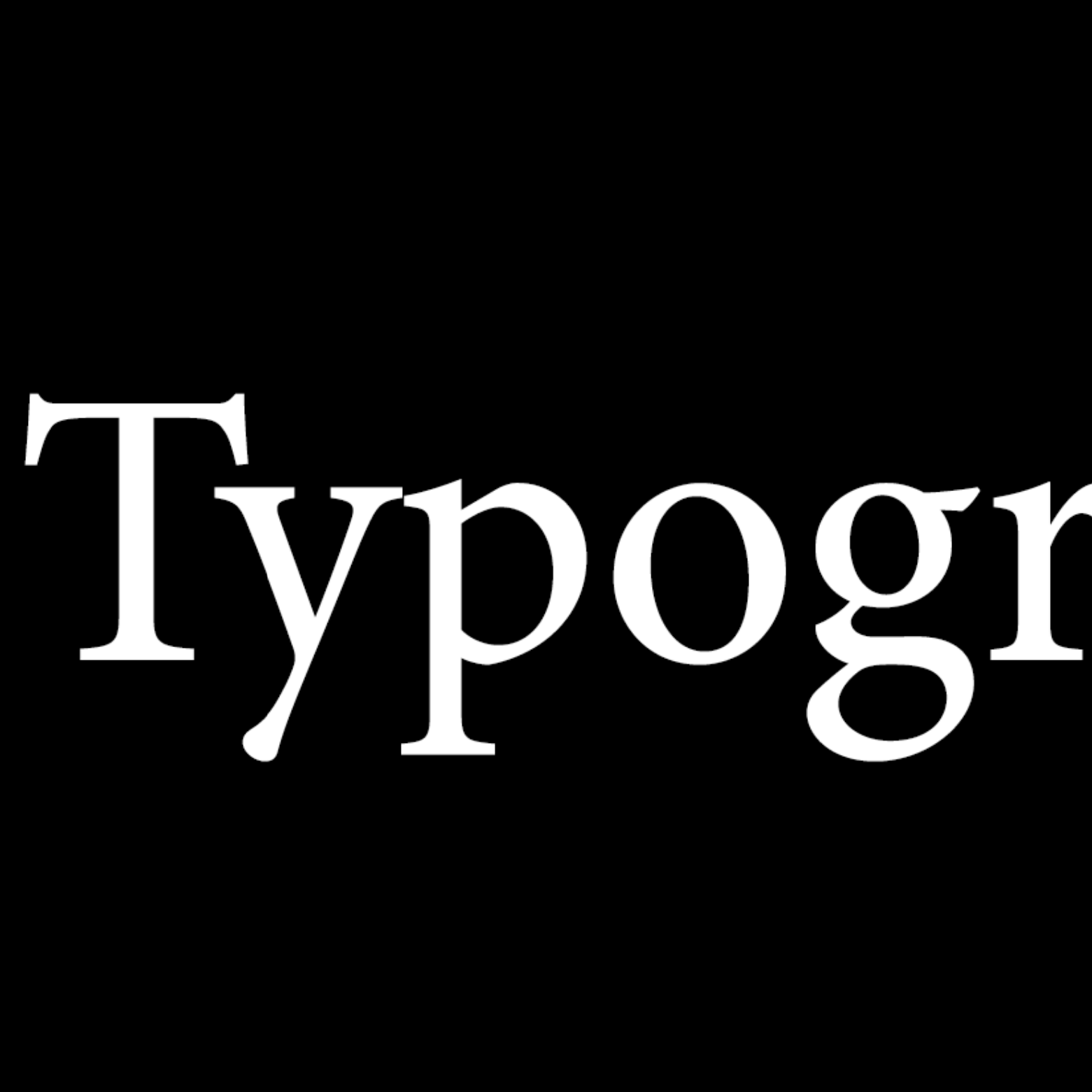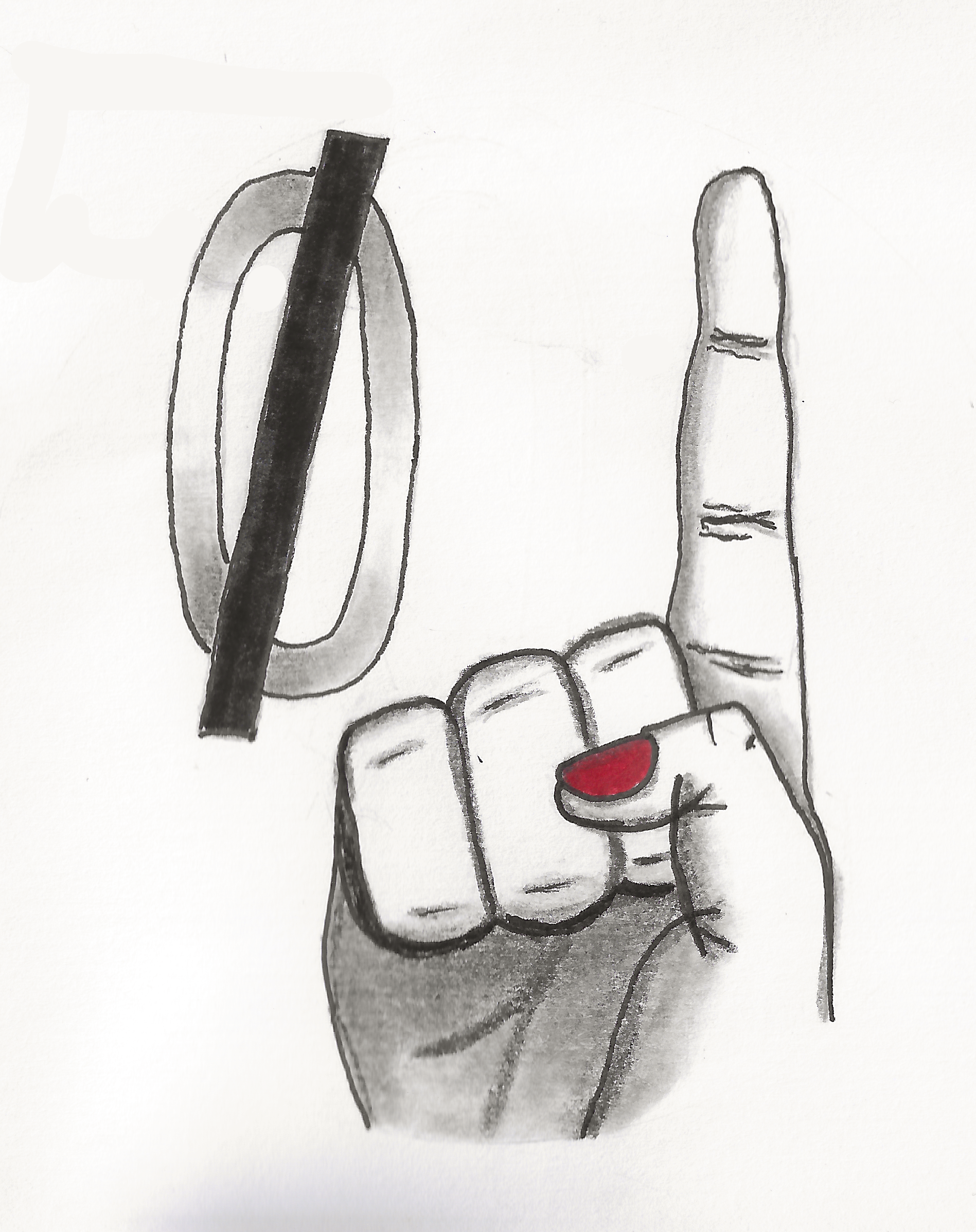

While I don’t disagree, how long should hardware vendors be required to support their products? I agree five years is probably too short, but there needs to be a limit to their liability.
Though in a perfect world, they’d open source their drivers well before then… Looking at you, Broadcom…

















Vibe coding is one thing, but I am curious about the state of using of AI tools to reduce the cost of generating 3D assets, animations, and textures. I assume they are introducing this into Ignite and their other build tools, for more rapid prototyping if nothing else.